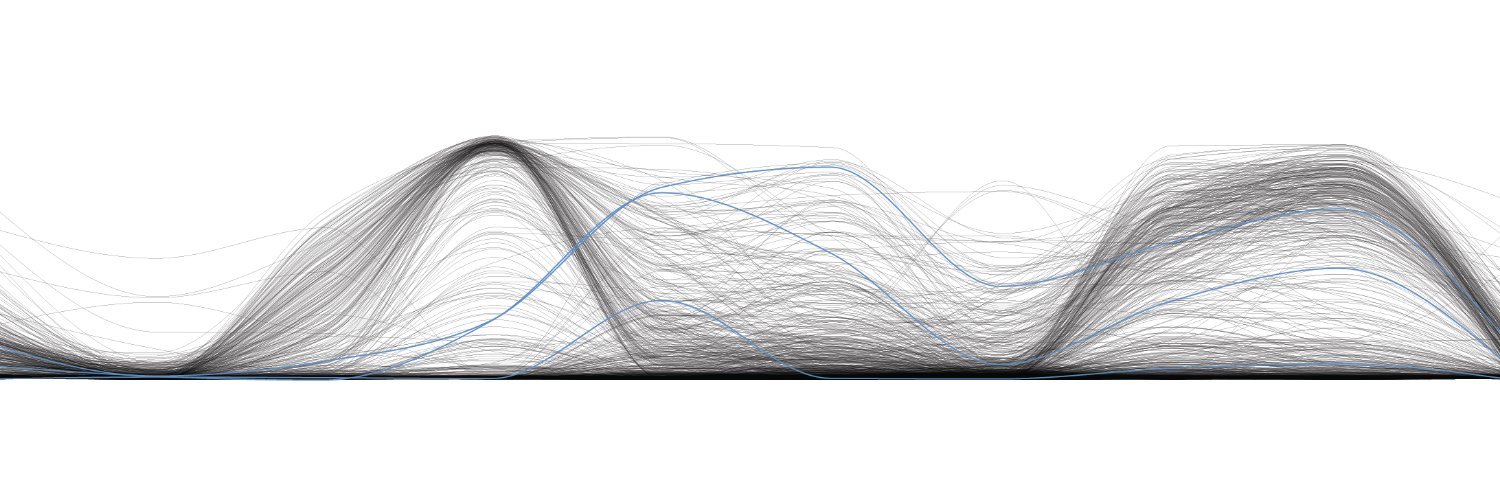
Julien Richard Albert
@jrichardalbert
BIG science fan Post-doc: @maxvcg PhD: @LorinczMatthew
Happy to share two post-doc papers co-authored with the amazing @AnaMonteagudo4 and @teresa_urli. We had amazing collaborators for both projects, even our supervisor @maxvcg joined in on the experimenting! 1: pubmed.ncbi.nlm.nih.gov/39180406/ 2: rdcu.be/dXXqh
#ResultatScientifique🔎| Les signaux épigénétiques : comment les marques de l’ADN façonnent le plan de la vie 🤝 @CNRS @CNRS_Villejuif @univ_paris_cite @IJMonod ✍️ @maxvcg @jrichardalbert @AnaMonteagudo4 @teresa_urli 📕 @NatureSMB buff.ly/3ZSnJr8 buff.ly/4iFmR0w
Happy to see this was published yesterday! It was great working on this with Shankar and @ShifaanT. And thank you to the great editorial team at @NatRevMCB.
Now Online: Origin, fate and function of extraembryonic tissues during mammalian development go.nature.com/3OELOeK
Congratulations to our 2024 Genetics Society medal winner, Robert Martienssen. Rob is sharing his work on Germline small RNAs, the triploid block and the drive for maize domestication #GSTransposons @CSHLplants
"Protein structure alignment by Reseek improves sensitivity to remote homologs" published in Bioinformatics academic.oup.com/bioinformatics…
The HuSH complex silences retrotransposable elements. We identify HuSH2, centered on TASOR2, targeting KRAB-ZNFs and interferon genes, balancing retrotransposon silencing and immune regulation. nature.com/articles/s4146…
excited to share COMET! A scalable CRISPR approach we (@carwils) developed to identify multidomain proteins that modulate transcription at specific endogenous genomic loci. @arcinstitute @ucsf doi.org/10.1101/2024.1…
Does 6mA exist in eukaryotic DNA? This is our take on this dispute: yes it does, and can be very abundant, but mostly correlates with presence of the MT-A70 writer AMT1. Then, 6mA is associated with transcriptionally-permissive chromatin (H3K4me3) 1/6: biorxiv.org/content/10.110…